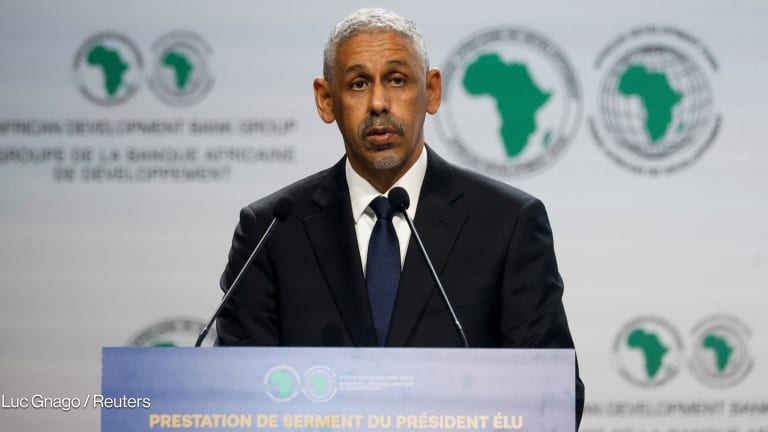
Ten years from now, the African Development Bank sees the continent’s economies growing but with less of a carbon footprint and cuts across gender, age and geography.
AfDB’s ambitious plan for a more inclusive and greener Africa is detailed in its 2013-2022 strategy, recently approved by the bank’s executive directors.
“This document reflects Africa’s vision for itself – a vision of transformation that is achievable,” AfDB President Donald Kaberuka said in a statement on Monday. “It is a ten-year vision, which can make this continent – within another generation – the global growth pole that we know it can be and want it to be: A place fit for our aspirations and those of our children.”
AfDB notes that achieving its twin goals of inclusive growth and green growth in the next decade will mean investing in fragile states, spending on agriculture and breaking the wall of gender inequality.
To be able to help poor countries build their agricultural base and entice more women to participate in the labor sector, the regional development bank will fund more infrastructure projects, foster greater economic integration, lend more to SMEs, promote accountability, and set up more technical and vocational trainings in demand.
“Current fiscal constraints in donor countries suggest that official development assistance could well be largely stagnant in the coming years,” AfDB’s strategy reads. “The bank will therefore seek new and creative ways of mobilizing resources to support Africa’s transformation, especially by leveraging its own resources.”
AfDB is considering expanding its membership but still under the prerequisite of maintaining its identity as an African institution.
“Other possibilities could include low-interest loans from partners’ funds or co-financing facilities that invest in bank-supported projects,” the document says.
Another funding source that the bank wants to tap may come from social and philanthropic investors.
“The bank could partner with global foundations, social investors and philanthropic funds and leverage resources for development, particularly to fund projects at the country level,” the strategy suggests.
AfDB is also counting on public-private partnerships, risk-mitigation instruments and co-financing facilities to draw in new investors.
Read more development aid news online, and subscribe to The Development Newswire to receive top international development headlines from the world’s leading donors, news sources and opinion leaders — emailed to you FREE every business day.








